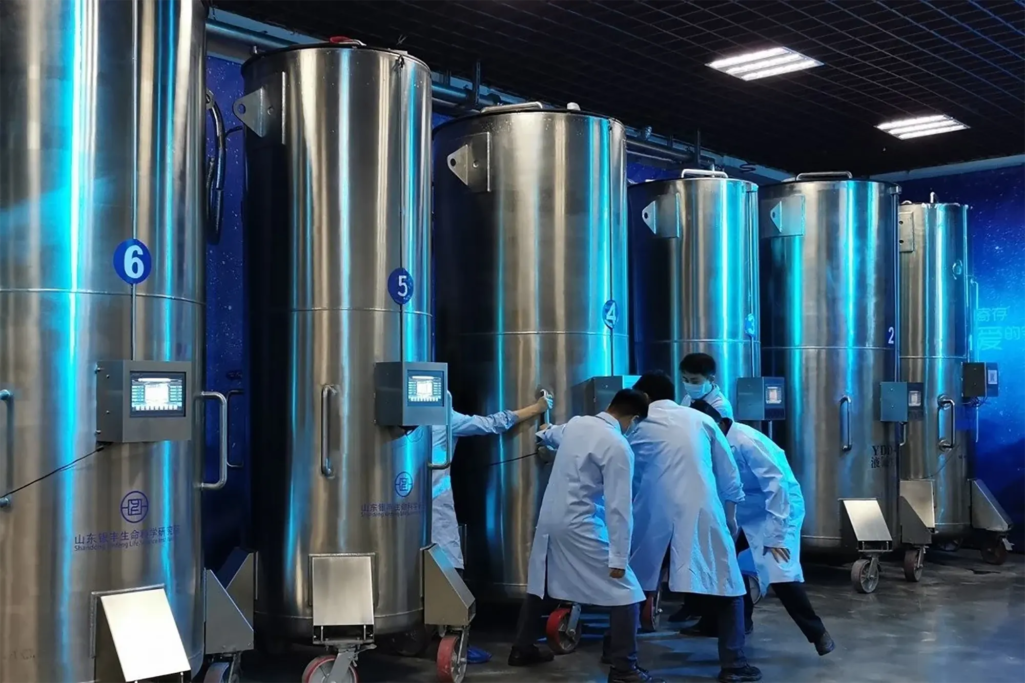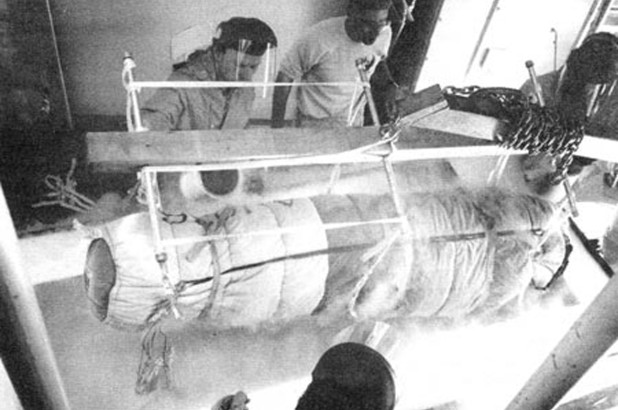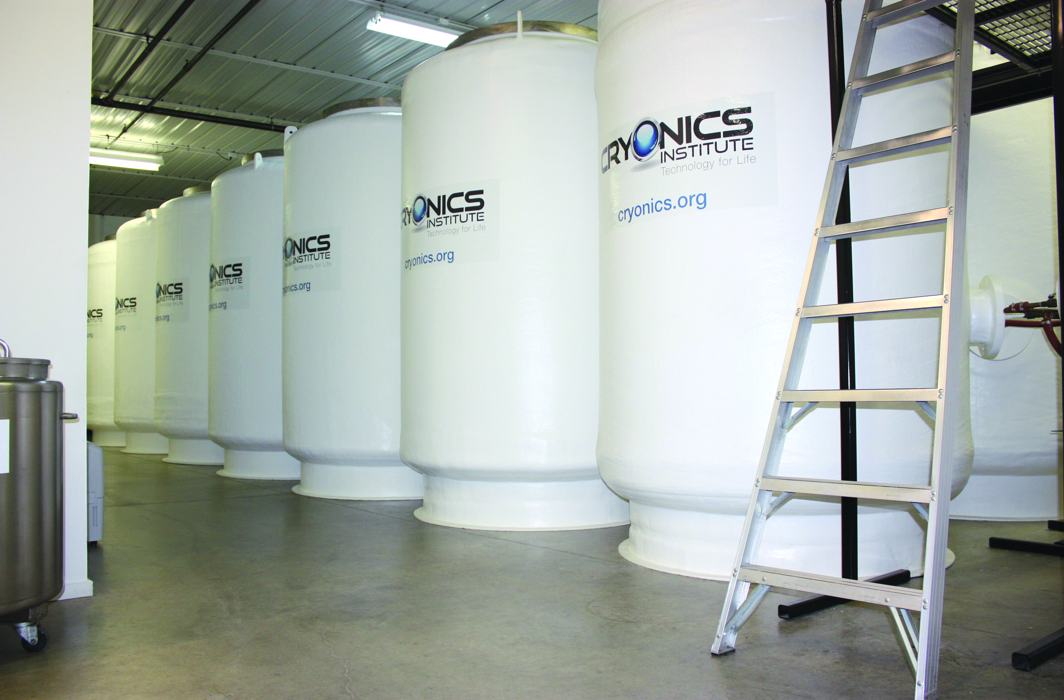
After death, you have the option of freezing your brain, your head, or your complete body.
You can be carried in a special vehicle that instantly begins the freezing process.
And, sure, your pet can join you in the frozen condition, where it will be preserved in a special container and brought back to life after you are cured of whatever killed you.
Fifty years after the unorthodox and uncontrolled field of cryonics was founded, the procedure remains untested. Nonetheless, some people are prepared to risk a lot in the hope of thawing out and waking up from an almost permanent coma.
An Expanding Community
Corpse-freezing isn’t quite mainstream, but it’s gaining traction. Cryonics, which began by freezing people after death in the late 1970s in the United States, has grown, evolved, and spread to other nations.

At the cost of up to $200,000, people who have died are hung in containers filled with liquid nitrogen at below-freezing temperatures. The tanks are housed in warehouses in Miami, Arizona, Michigan, Oregon, and Russia, and China.
Cryonics: A Brief History
Alcor, the most well-known and longest-running cryonics facility, is located in Scottsdale, Arizona, and is where industry scientists perform research and early believers are kept. Ted Williams, a baseball great whose head and body are preserved separately, is one of the most known occupants. However, Williams is not alone in Alcor’s cylindrical stainless-steel tanks, which hold 170 “patients” and 90 pets (cats, dogs, one turtle, and one chinchilla).

Frostbite or injury, like with everything frozen, is a real possibility. But, according to Alcor’s website, the company has refined its technology and made advancements in organ banking to decrease harm or injury caused by the freezing procedure. Meanwhile, cryonics research and technology development are taking place all over the world.
The debate
The unregulated area of cryonics has developed during its 50-year existence, driven by men who have battled off various challenges and utilized unusual — even doubtful — means of exploring ways to extend human life permanently.
Faloon and Kent, two of South Florida’s most prominent cryonics players, ran the Life Extension Foundation. They were charged on more than two dozen conspiracy charges, importing unlicensed medicines, and disguising drugs as vitamins at one point. The US Attorney’s office eventually dismissed the charges.
Most scientists and aging experts see cryonics as science fiction or nonsense. Furthermore, there is no cryonics school, and the preservation technique is unregulated.
According to Carol Williams, executive director of the National Funeral Directors and Morticians Association, Cryonics is not even discussed in regular training. “It’s just not talked about,” she explained.
However, the industry has answers to queries regarding the technology and how to pay for being permanently frozen after a death.
Hoffman, who describes himself as a prominent insurance salesperson in the cryonics sector, has worked out how to arrange life insurance plans to cover the expense.
However, infighting among firms in the industry continues to be a barrier to progress. Companies have recently been attracting business away from one another by lowering prices (from $200,000 to $28,000) and reorganizing membership dues. (In addition to money, the businesses collect a membership fee to cover maintenance costs for individuals who have already been frozen.)




